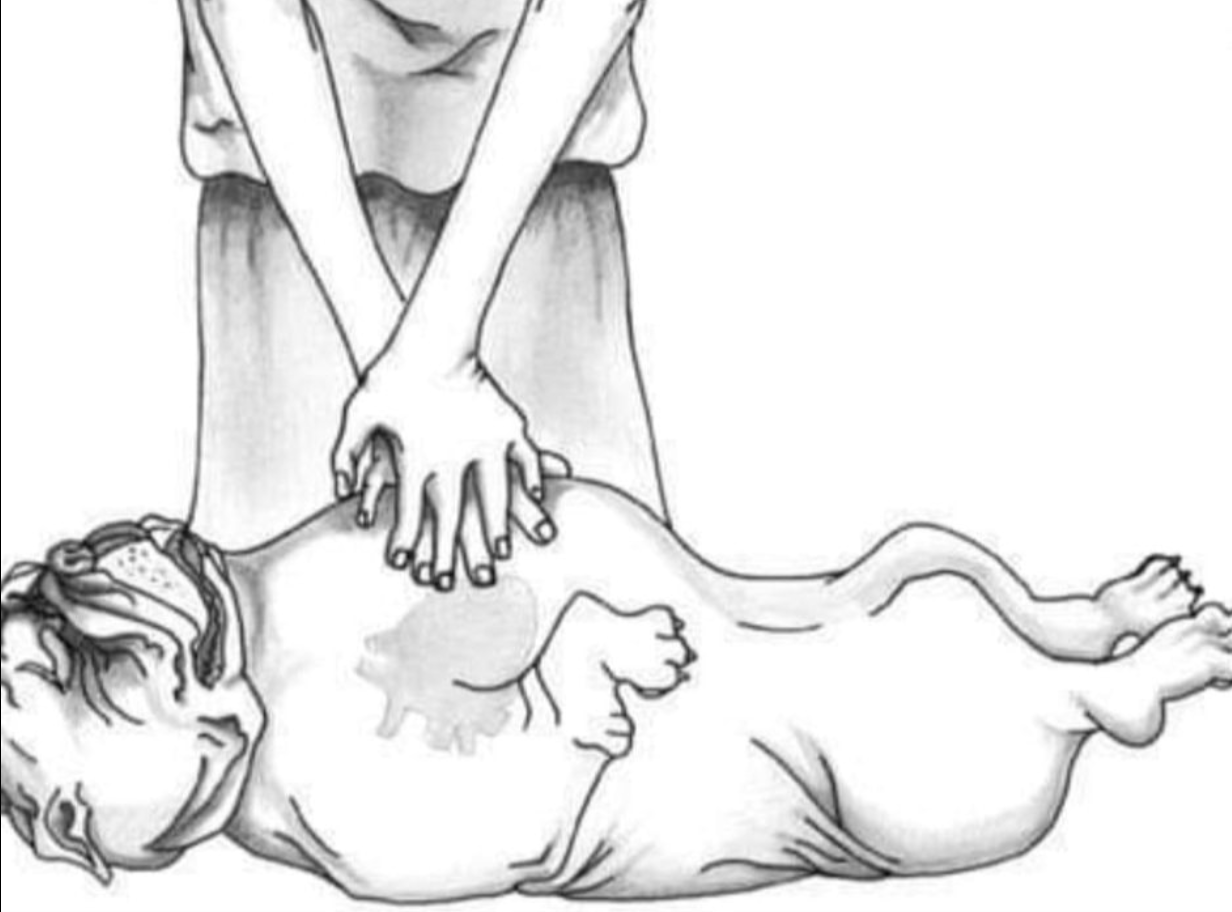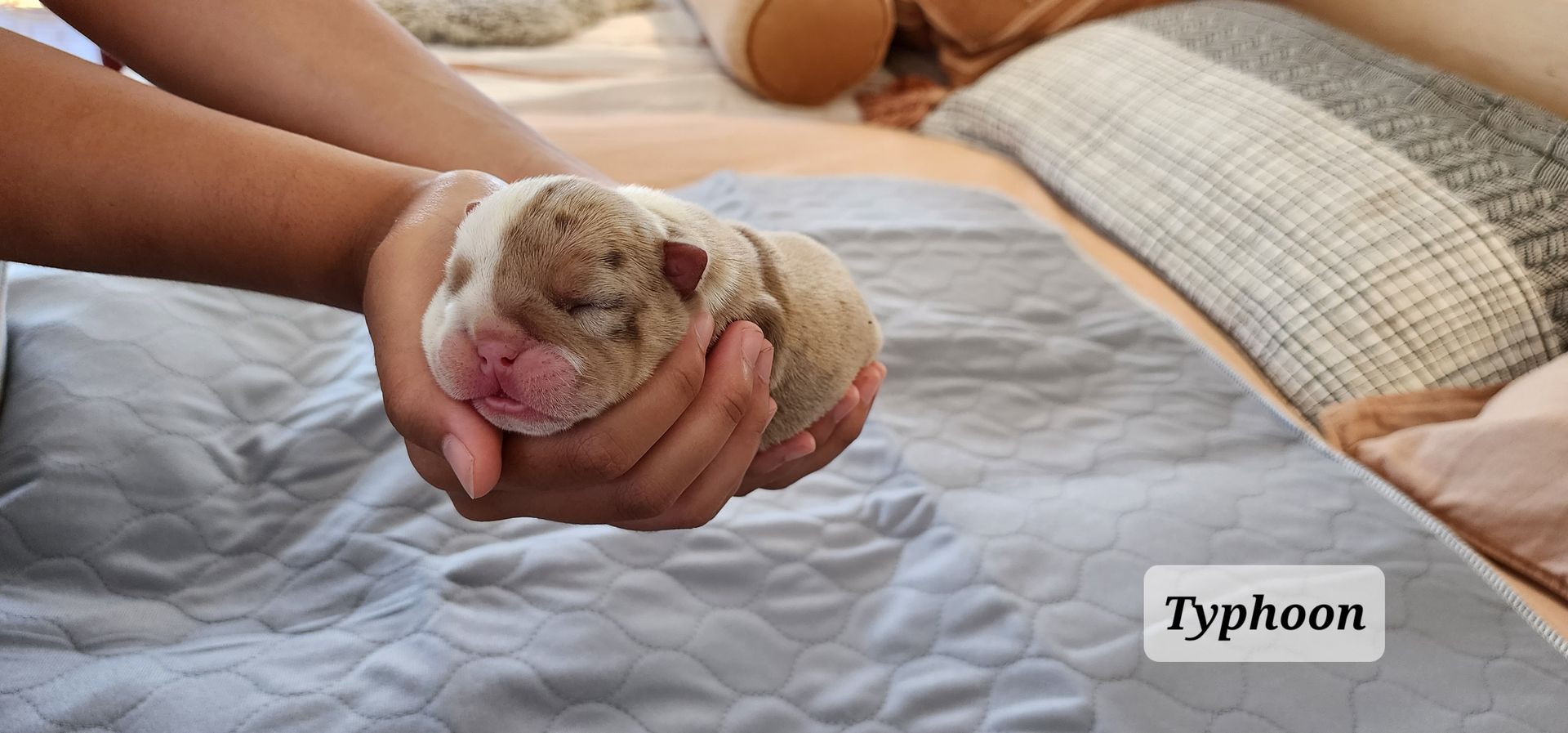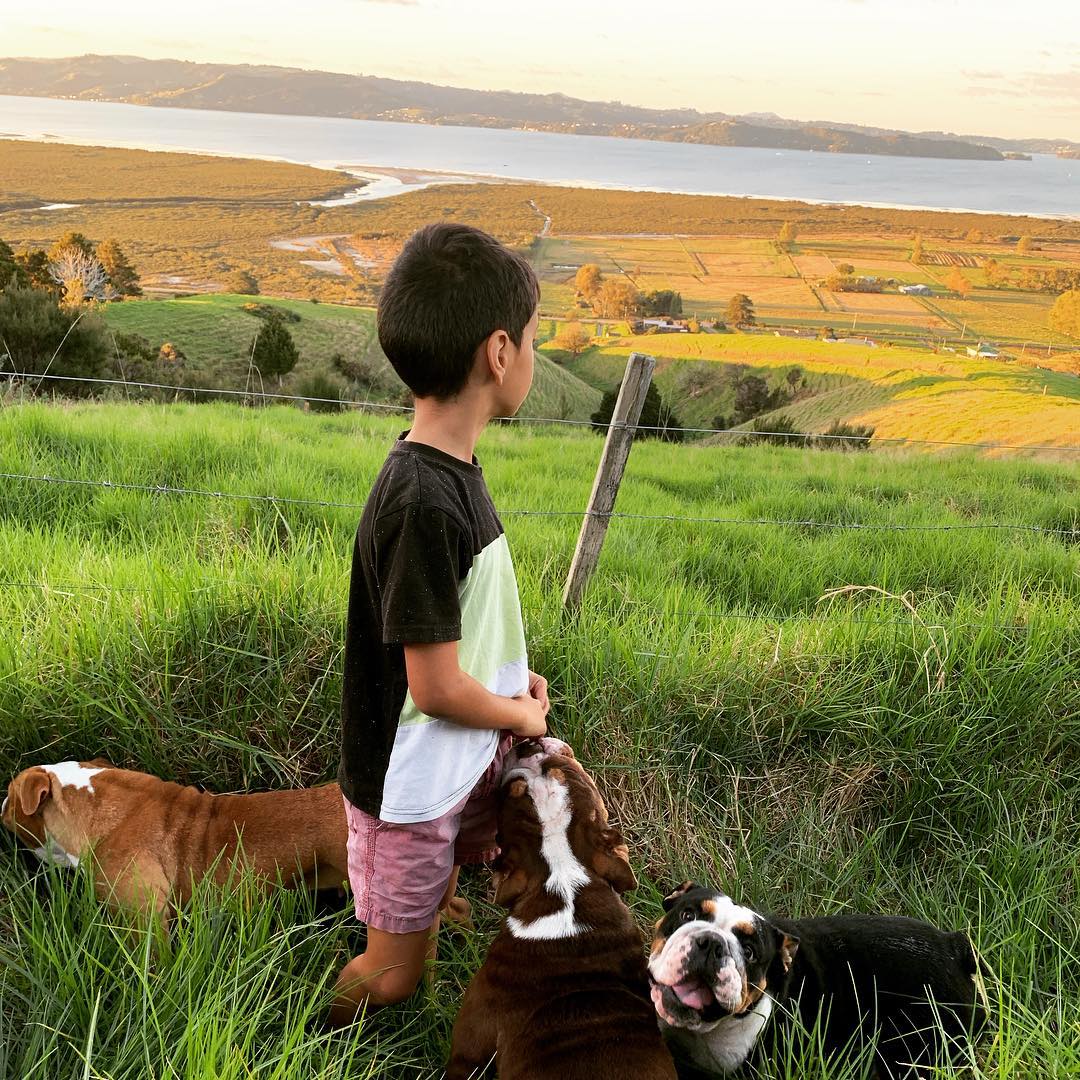Mastering Bulldog Manners
Training Tuesdays – Mastering Bulldog Manners
Training Tactics: Transforming Bulldog Behavior
Training a bulldog can be a uniquely rewarding experience, even if it sometimes tests your patience. Known for their independent nature and occasional stubborn streak, bulldogs require a training approach that blends consistency with creativity. In this post, we explore practical techniques to help you shape your bulldog’s behavior while strengthening the bond you share.
Understanding Your Bulldog’s Nature
Bulldogs are famously affectionate and loyal, yet they also have a mind of their own. Their independent temperament means that traditional training methods might not always work as expected. Instead of viewing their reluctance as defiance, consider it an invitation to try more engaging, positive approaches. Recognizing that bulldogs learn best when motivated by rewards rather than pressure is the first step in successful training.
Creating a Positive Training Environment
One of the most effective training tactics is establishing a calm and consistent routine. Keep sessions short—about 5 to 10 minutes—to match your bulldog’s natural attention span. Overloading them with lengthy sessions can lead to frustration on both sides. Instead, break training into frequent, bite-sized segments throughout the day. Always choose a quiet area free of distractions where your bulldog feels secure and focused.
Effective Techniques to Shape Behavior
1. Positive Reinforcement:
Celebrate every success, no matter how small. Use high-value treats, verbal praise, or extra playtime to reward your bulldog when they follow commands. This reinforces positive behavior and creates a sense of achievement. Over time, your dog will associate the desired behavior with positive outcomes.
2. Clear and Consistent Commands:
Use simple, consistent commands and gestures for every instruction. Whether it’s “sit,” “stay,” or “come,” ensure that all family members use the same words and cues. Consistency reduces confusion and helps your bulldog learn more quickly.
3. Interactive and Fun Training Methods:
Incorporate games into your sessions to make training enjoyable. Activities like hide-and-seek with treats or gentle tug-of-war can serve as both exercise and a training tool. Turning learning into play not only holds your bulldog’s interest but also strengthens the bond between you.
4. Socialization as Training:
Introducing your bulldog to new environments, people, and other pets is an important part of training. Socialization builds confidence and can help reduce anxiety-driven behaviors. Controlled exposure to different scenarios reinforces obedience and helps your dog adapt more readily to various situations.
Addressing Challenges with Patience
Even with a well-planned routine, you might face moments when your bulldog seems uninterested or unresponsive. In these instances, remain calm and avoid harsh corrections. Instead, take a short break to allow your bulldog to reset. By maintaining a relaxed approach, you reinforce the idea that training is a positive experience, not a source of stress.
Conclusion
Transforming your bulldog’s behavior through training is not about quick fixes—it’s about cultivating a long-term relationship based on trust, respect, and fun. Every small success builds toward a well-behaved, confident companion. Remember, each bulldog is unique; what works for one may need adjustments for another. Share your own training experiences or challenges in the comments below, and let’s learn from each other as we navigate the delightful journey of training our four-legged friends. Happy training!






